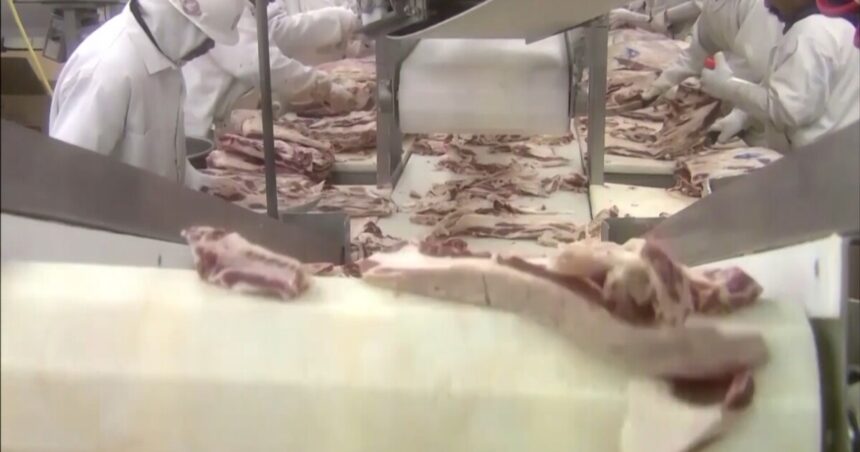The United States Department of Agriculture (USDA) began the rule-making process this summer for a law that was passed by Congress over a century ago.
Just recently, the agency published a report on competition within the beef industry.
The USDA report, “Interim Report: Competition and Fair Practices in Meat Merchandising,” reveals that four beef packers controlled 81 percent of the nation’s beef in 2021. This is concerning for many ranchers who believe it impacts their financial situation.
Bill Bullard, CEO of R-CALF USA, commented, “The very same conditions that existed back then, exist today. We have a disparity in market power.”
When the 1921 Packers and Stockyards Act was passed by Congress, the USDA noted that five packers processed 82 percent of the nation’s beef. The legislation aimed to address market concentration.
Fast forward to today, little has changed. The USDA report suggests that retailers, distributors, and packers may be engaging in practices that violate the Act, affecting competition in the industry.
This summer, the USDA proposed a new rule to strengthen enforcement of the Act and promote competitive markets, benefiting ranchers.
Gilles Stockton, a member of Northern Plains Resource Council, expressed support for the rule and enforcement efforts by Secretary Vilsack and the USDA.
The American Meat Institute opposes the proposed rule change, arguing it tries to bypass Congress and the courts. Their board includes representatives from the four largest meat packers.
Mark Dopp, Chief Operating Officer and General Counsel of the Institute, stated, “Changing the harm to competition standard requires Congressional action. The proposal includes vague standards that make compliance difficult.”
Ranchers like Stockton disagree with this view and believe that the cattle markets require regulatory changes to enhance competition.
R-CALF USA, Northern Plains Resource Council, and other organizations are actively working towards a more competitive market environment.
Bullard emphasized, “The rules are essential to address the unequal market power between independent producers and large meat packers.”





